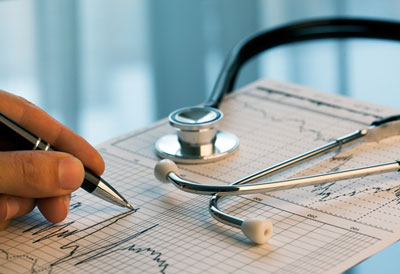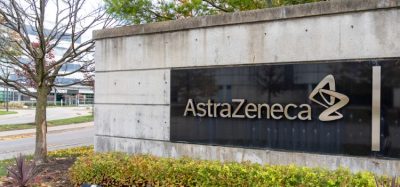Atrial fibrillation market will peak at $11.8 billion in 2022
Posted: 2 August 2016 | | No comments yet
The atrial fibrillation market will expand from approximately $8 billion in 2015 to hit its peak of $11.8 billion in 2022, after which the impact of patent expiries will see the market value fall rapidly to $4.9 billion by 2025, according to research and consulting firm GlobalData…




The atrial fibrillation market will expand from approximately $8 billion in 2015 to hit its peak of $11.8 billion in 2022, after which the impact of patent expiries will see the market value fall rapidly to $4.9 billion by 2025, according to research and consulting firm GlobalData.
The company’s latest report states that the market, which covers the eight major markets (8MM) of the US, France, Germany, Italy, Spain, UK, Japan, and Canada, will decline after 2022 due to the entry of the first generics of the new oral anticoagulants (NOACs), starting with Boehringer Ingelheim’s anticipated loss of US, Japanese, and Canadian patent protection for Pradaxa in 2018.
Jesus Cuaron, Ph.D., PPM, GlobaData’s Senior Analyst covering Cardiovascular and Metabolic Disorders, explains: “Since the launch of the first NOACs in 2010, this drug class has experienced substantial uptake, accounting for $6.8 billion, approximately 85% of all atrial fibrillation sales revenue across the 8MM in 2015. This uptake will continue to increase, and will be the main driver of growth in the atrial fibrillation space through 2022.
“This growth will be driven further by the launch of a fourth NOAC, Daiichi-Sankyo’s Savaysa, which was first approved in Japan for stoke prevention in patients with atrial fibrillation in 2014. The continued uptake of such NOACs, along with the approval and launch of the first NOAC reversal agents for use in the event of uncontrolled bleeding, will contribute to initial market growth.”
However, GlobalData believes that a number of major barriers will hinder the growth of the atrial fibrillation space, including the generic erosion of multiple NOACs across the 8MM by 2023, and the large, costly, and comprehensive clinical trials required to support regulatory approval of novel antiarrhythmic drugs.
Cuaron concludes: “These factors will deter drug developers seeking to enter the atrial fibrillation market, and the wide availability of generic antiarrhythmic drugs, which will make it difficult for any novel rhythm control agents to gain reimbursement and wider uptake.”








